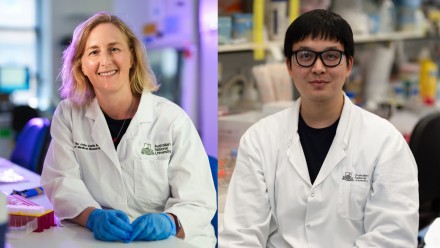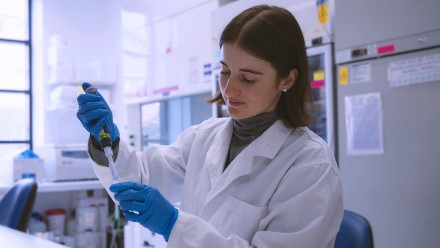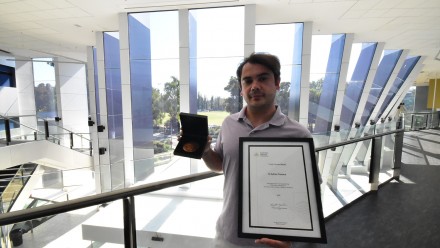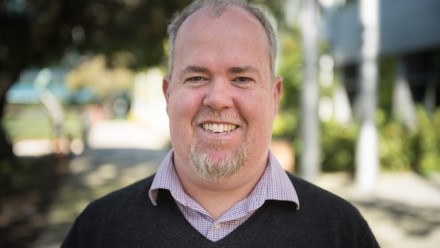Making your kidneys and keeping them happy - development and disease in the collecting duct
Kidney development is driven by the outgrowth and branching of the ureteric bud, a structure fated to form the urine collecting duct system. The tubules built by the ureteric bud are also the site of cyst formation in patients suffering from polycystic kidney disease (PKD). Professor Smyth will discuss the morphogenetic development of the renal collecting ducts and how this process integrates with other cell populations to build the kidney.
A major focus of this work are his efforts to model this process mathematically and to understand how it contributes to establishing the normal complement of nephrons, the functional units of the adult organ. While the collecting duct system is required to build a normal kidney, several key cell signalling pathways are necessary to maintain it after birth, many of which are perturbed in patients with PKD.
Professor Smyth will describe studies that have identified a new and critical driver of PKD and discuss its importance in the development of this and other diseases whose development is linked to the function of the primary cilia.
Biography
Professor Ian Smyth is an NHMRC Senior Research Fellow at Monash University in Melbourne. He co-heads the Development and Stem Cells Program at the Monash Biomedicine Institute and is the Deputy Head of the Department of Anatomy and Developmental Biology. His doctoral studies at the University of Queensland focused on understanding the role of the PATCHED genes in human disease. He then undertook postdoctoral work in Edinburgh, Houston and London using forward genetic screens in mice to identify novel genes involved in skin and kidney development and disease. His group’s work focuses on two specific questions: how development of the fetal renal collecting duct system is impacted by genetic mutation and environmental perturbation and how disruption of signalling in these cells in the adult kidney gives rise to cysts in ciliopathy patients.












